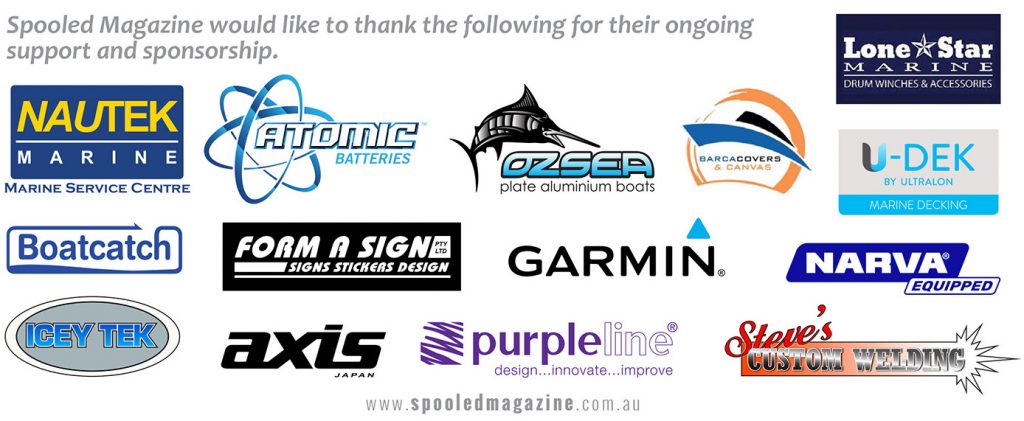It took a while for Stabicraft to gain acceptance in Australia. These gutsy Kiwi armour-plated warriors were undoubtedly strong and built with a safety factor far exceeding any other production alloy boat with their fully compartmentalised pontoon flotation. The ride was pretty good and stability excellent. The internal layouts were reasonably good for the time and the dealerships were strong. So, what was the problem? They were butt ugly, that’s what!
Stabicraft were first developed in Invercargill, NZ, in 1987 for commercial abalone (paua) divers, and they soon built a great reputation in hard working environments where beach launching is the norm. The hull and deck designs have progressed throughout the years – Generation 1 and 2 – with their first fully recreationally-based model, the 550XC, developed in 1996. Growth exceeded the production facility, hence Stabicraft built a second factory and service centre in 2008. At the same time they developed external markets in Alaska amongst others, and produced the Generation 3 hulls.
In Australia, Victoria-based dealership MY Marine Dromana took on the Stabicraft challenge with gusto. You’ve got to give them great credit. I mean, how many times can you hear those words, “great boat mate, but it’s an ugly duckling” and maintain strong enthusiasm? Yet, with their faith in the Stabicraft ideals, plus a whole bunch of downright tenacity, MY’s Michael and Theo Rozakis introduced the range to Australian boating that would go on to become a leading product in a very competitive field.
Australian commercial operators saw the benefits of safety and stability immediately, while the recreational sector chose to argue the construction theory on early on-line chat rooms such as Fishnet. Slowly, but surely, the coin dropped, with many hardened sea-dogs finally accepting the brand.
Stabicraft worked hard at it, too! It’s fair to say there has been strong development throughout the years, refining the ride, design, aesthetics and finish to their current industry-leading levels. The hulls developed their current “Arrow Pontoons” and “Game Chaser” transoms in 2011, with the outward appeal, paint jobs, cabin shapes and decals transforming from the ugly stepsister to nautical nymphs. Complementing this, internal fit-outs now offer attractive creature comforts combined with solid workability. By 2016 Stabicraft were producing around 600 boats annually, employing 70 skilled peopled and servicing a large dealership base in NZ, Australia, USA, Canada and New Caledonia.
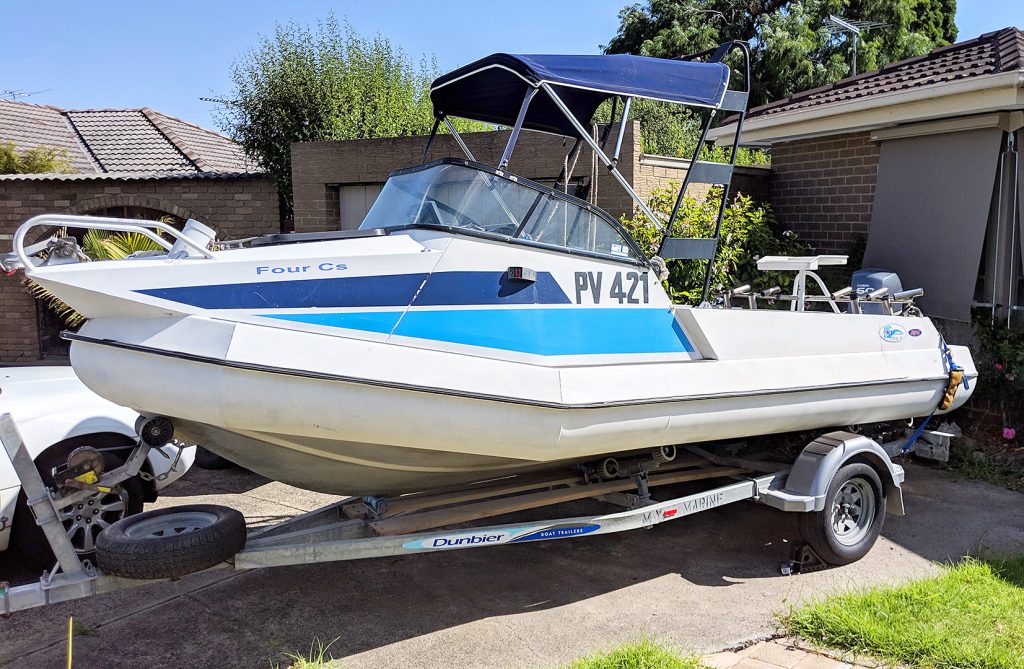
Back in the early years of the Stabicraft/MY Marine relationship, Michael and Theo got their father, a very keen local angler, into possibly the ugliest of all Stabicraft – a 490 cuddy cabin. In fact, it was so ugly that when they went to display it at the boat show, the guy on the gate said, “This is the boat show mate. The freak show at the circus is up the road!”
But we fisho’s are used to looking through surface layers to the depth below. This little craft was actually built with some very worthy credentials, providing a much-loved workhorse that has led an all-out assault on the indigenous squid, whiting and snapper population of Port Phillip and Western Port for the last 19 years.
Our team at Spooled was looking for a project at the same time as the 490 eventually hit the market. The original Mercury 60HP 4-stroke “Big Foot” was replaced by a later model Yamaha 60HP, but we knew we’d have to transform the package considerably if we ever wanted to catch the local fish from her, as the current population has been solely depleted by her continual presence. What fish are left slink off into hiding on her morbid approach. It’s a bit like the eerie presence of Voldemort’s dementors really!
So, the challenge began, not only to fully restore this battle-weary weapon of fish destruction, but to repair some corrosion, convert the inefficient internals, update the fittings, electronics and accessories, and perhaps the outboard as well. The biggest challenge, however, is to convert butt ugly to glamor, and we needed some skilled alloy surgeons and artisans for the task!
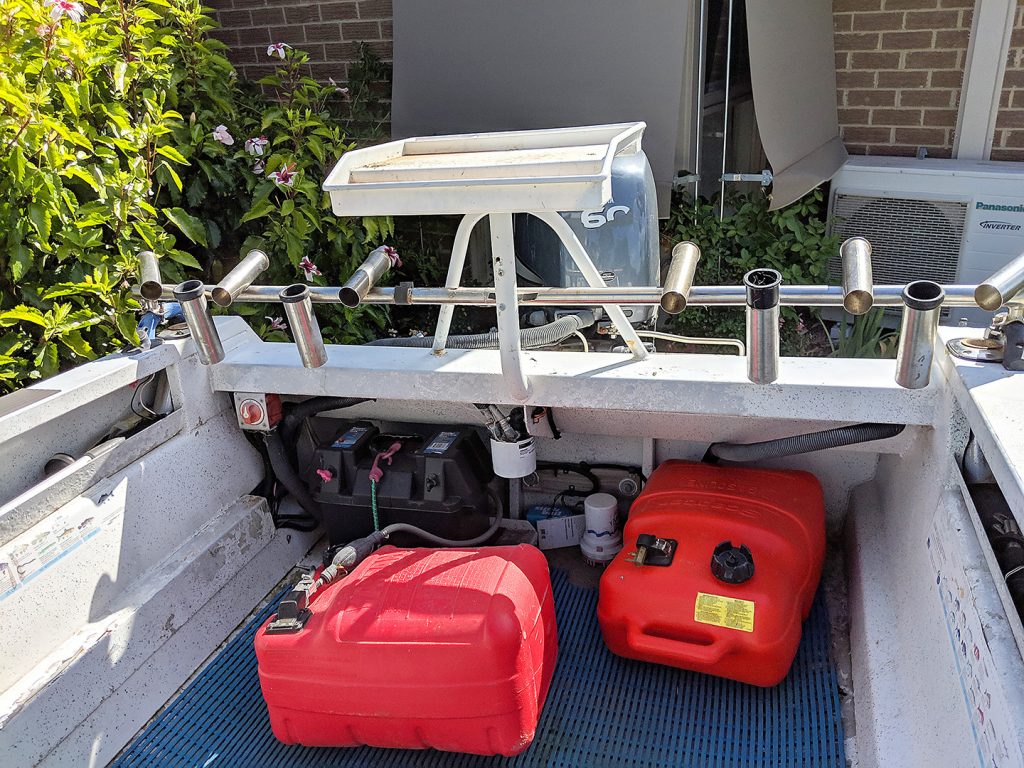
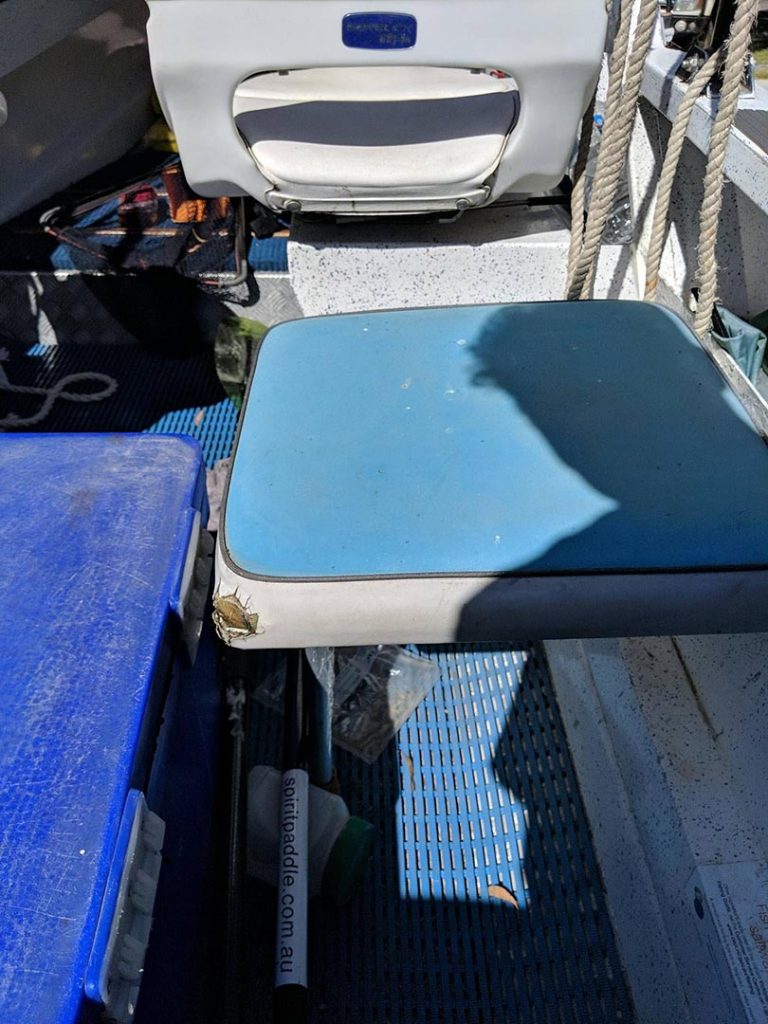
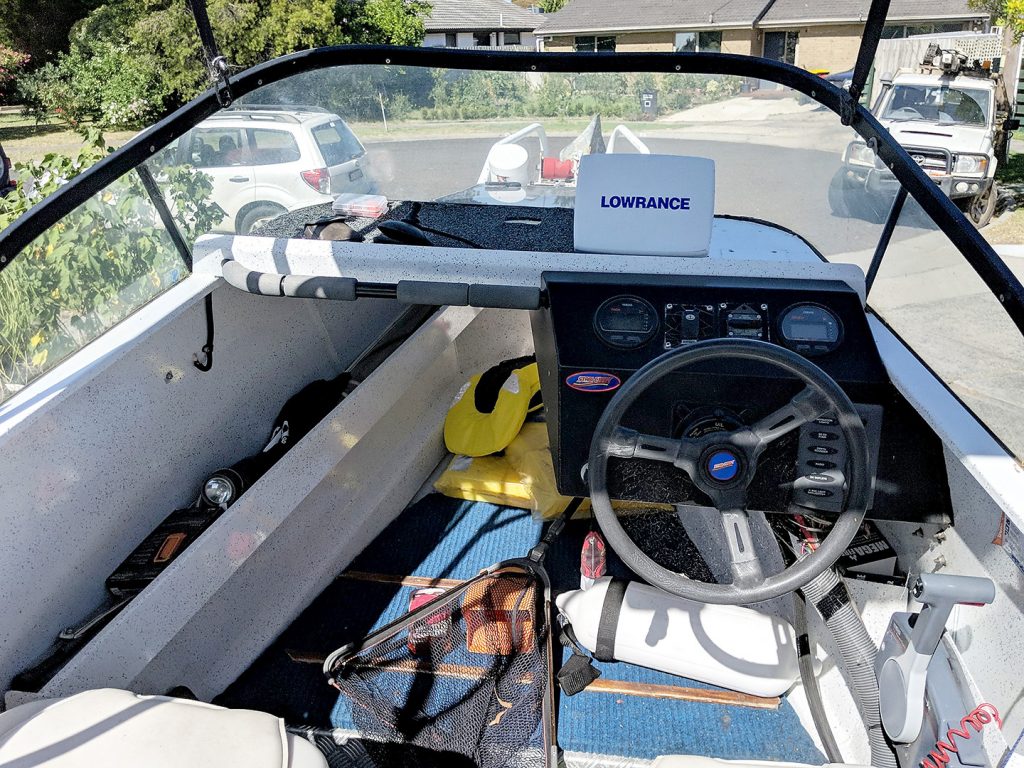
The boys at Ozsea Plate Boats in Seaford, Victoria, aren’t new to building tough custom boats, and they’re certainly not scared of aluminium repairs. Their long boat building experience includes extensive construction of commercial and charter vessels for ex Melbourne-based Pro Marine, where they worked hand in hand with respected marine architect Denis Pratt, as well as a number of years with recreational leader, Bar Crusher Boats.
Ozsea’s Brendon and Barry are great blokes who could also see the potential in the little Stabicraft 490 Cuddy and, thankfully, volunteered their services for the rebuild and repair.
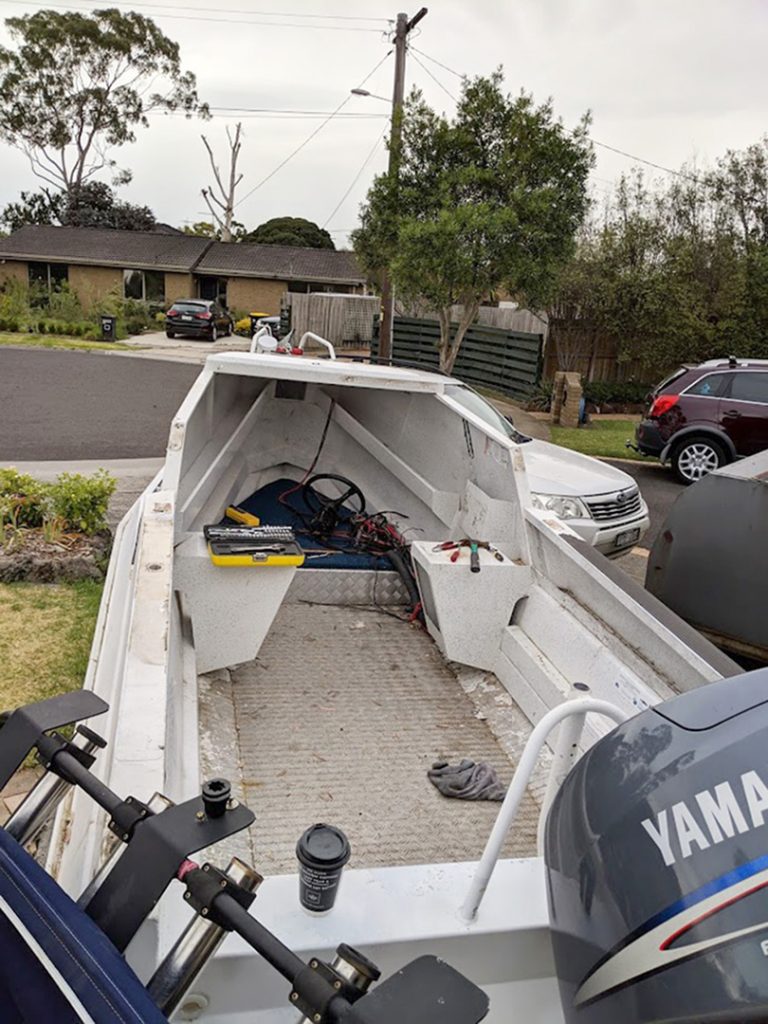

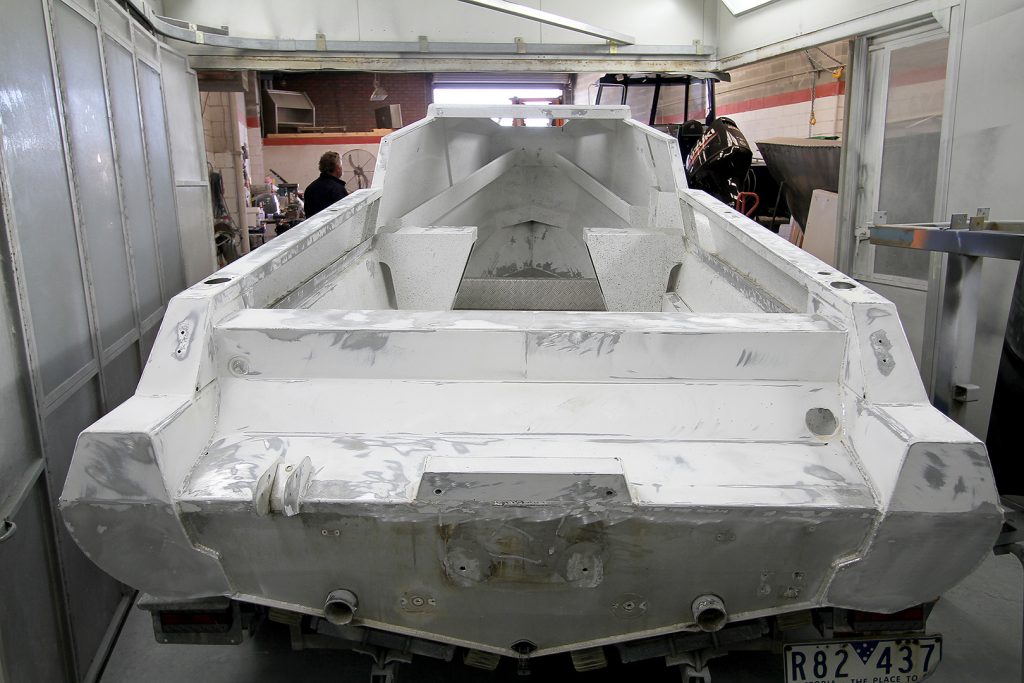
Quick as a flash we stripped the little duckling down to a bare shell and as we did, we found more and more misdemeanours, mainly due to non-conducive metals and fittings creating pockets of corrosion. Most people commonly call aluminium corrosion “electrolysis”, but in fact that is part of the process used to create aluminium, not eat it!
So, our project timing was terrific for this little warrior. The hull was completely bead blasted, and we found that damage wasn’t too widespread. With the aluminium completely bare of paint and corrosion, we could truly start the project!
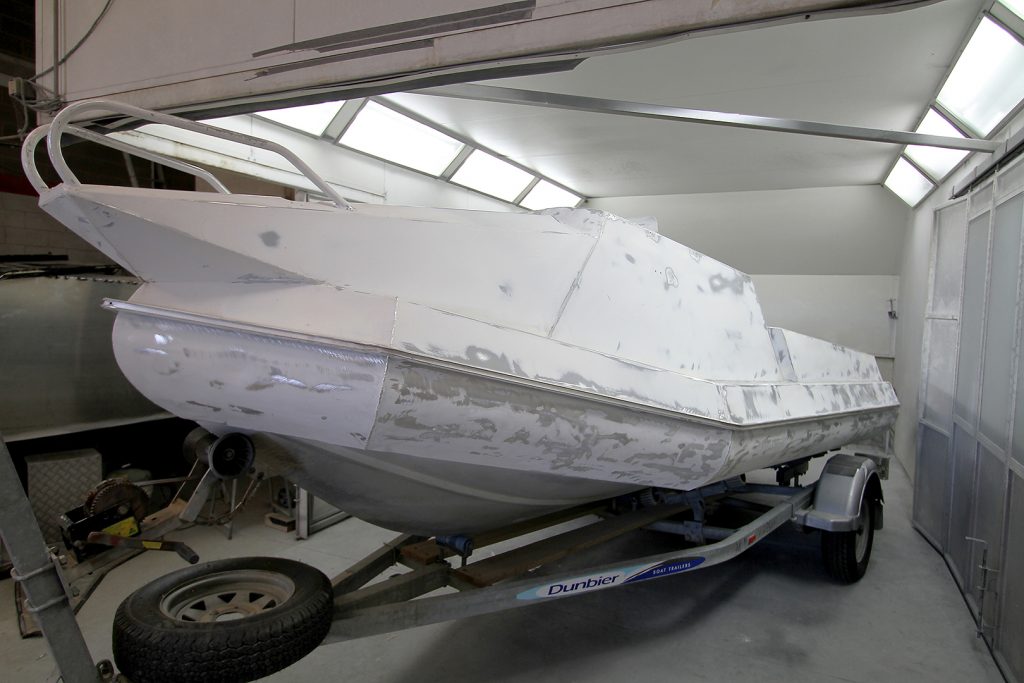
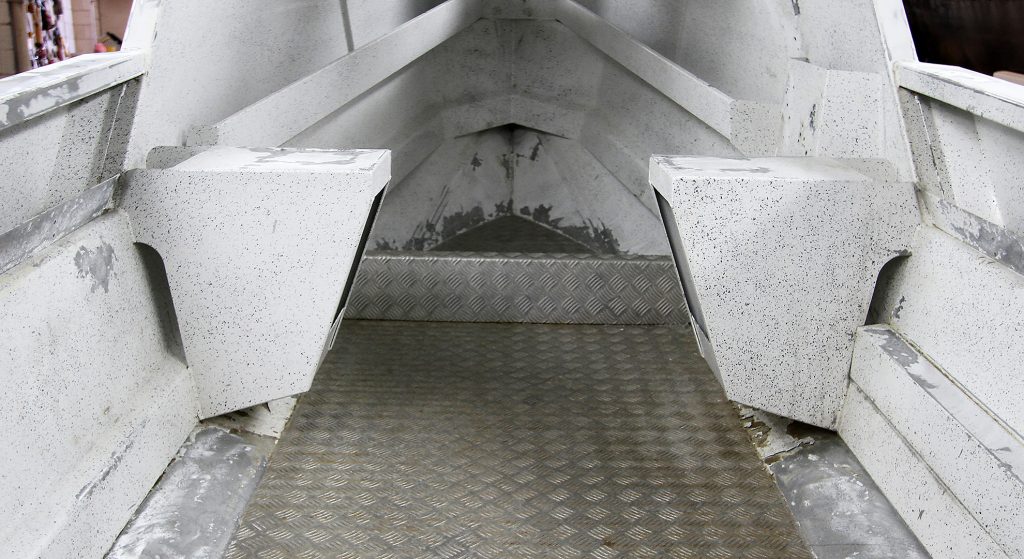

So, stay tuned for the progress, along with hints and videos along the way! Then we’ll take it fishing…
